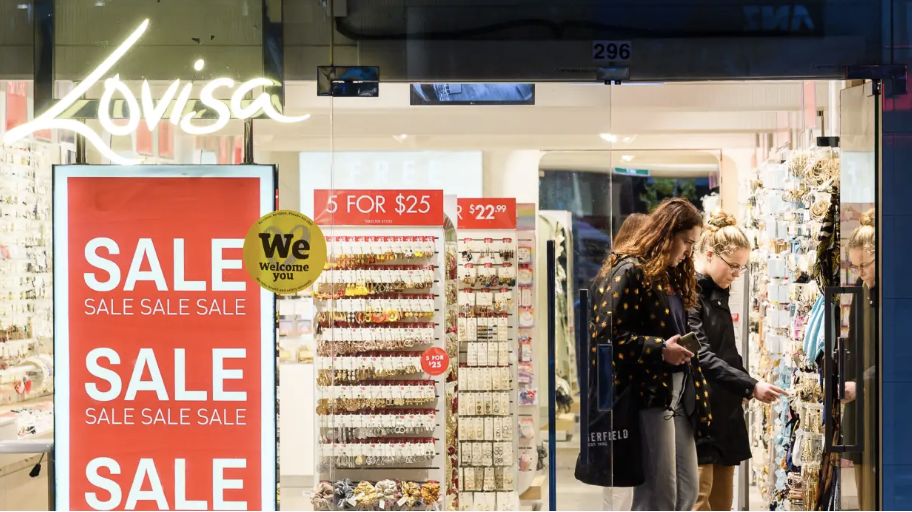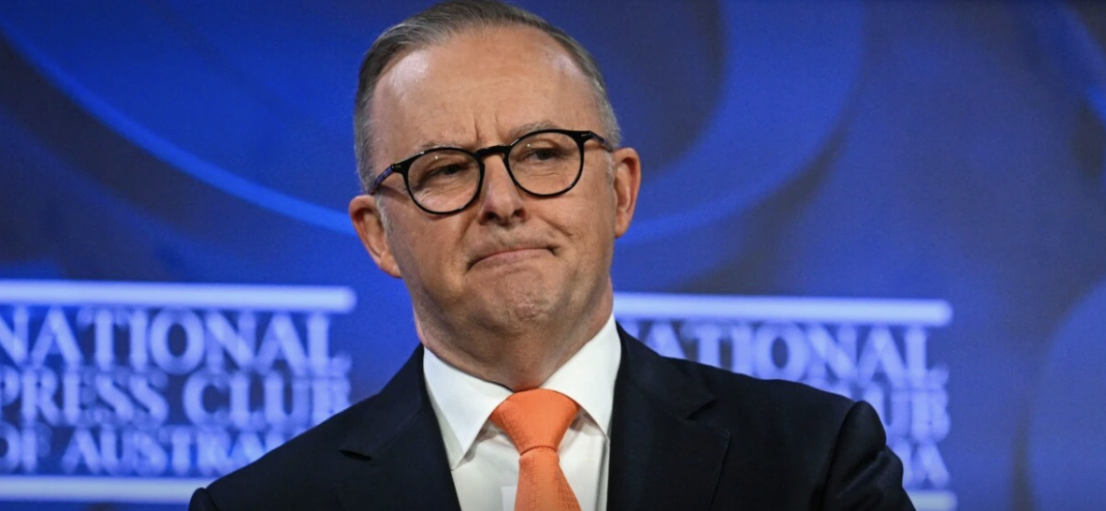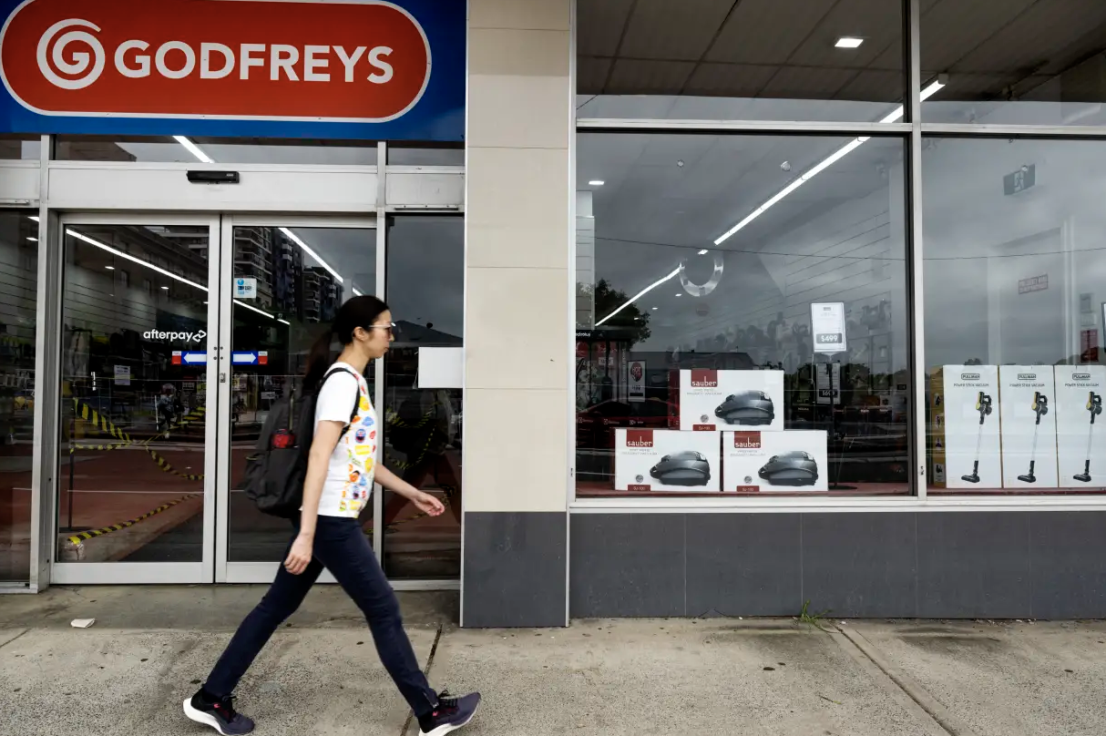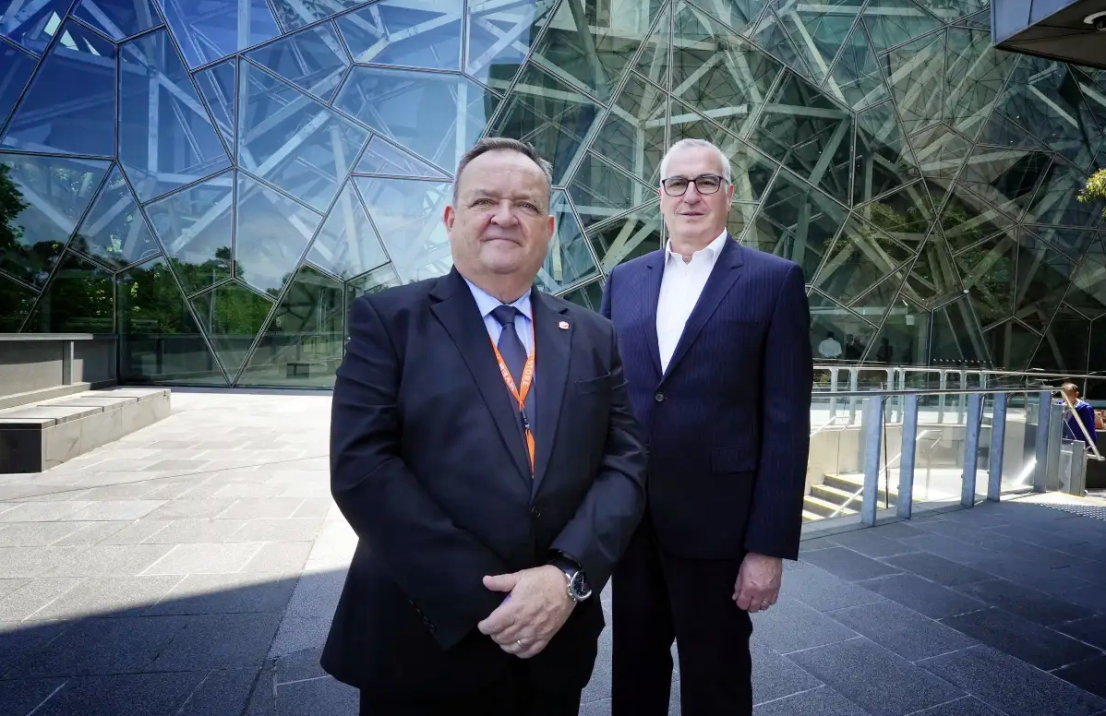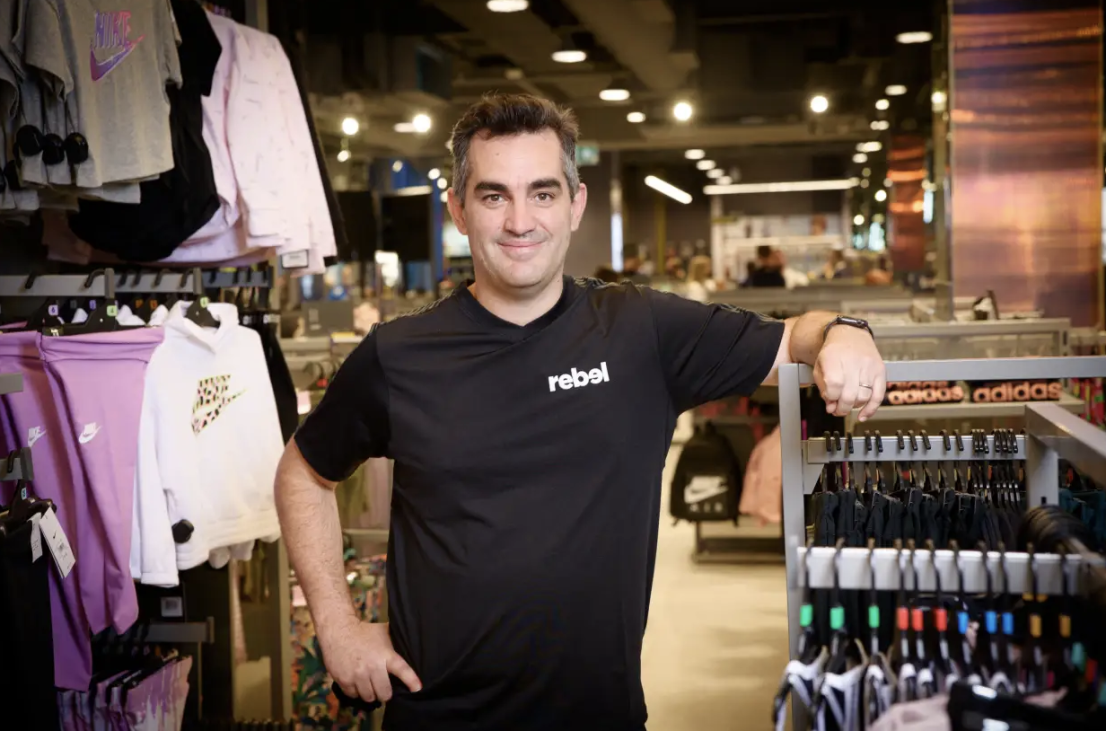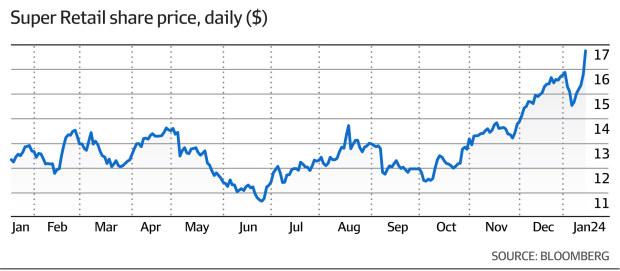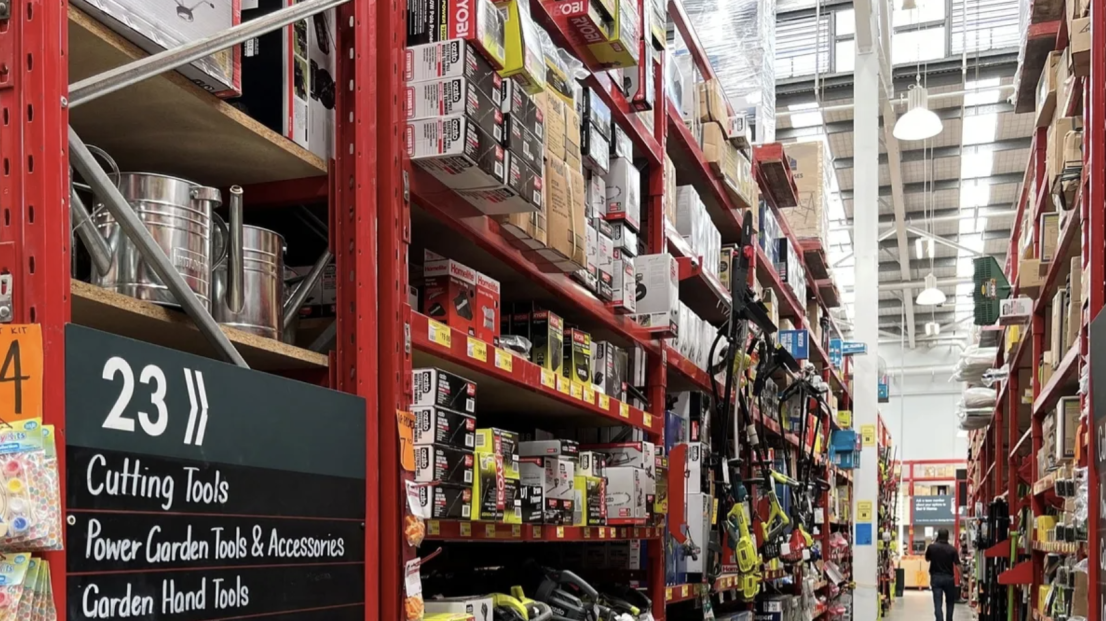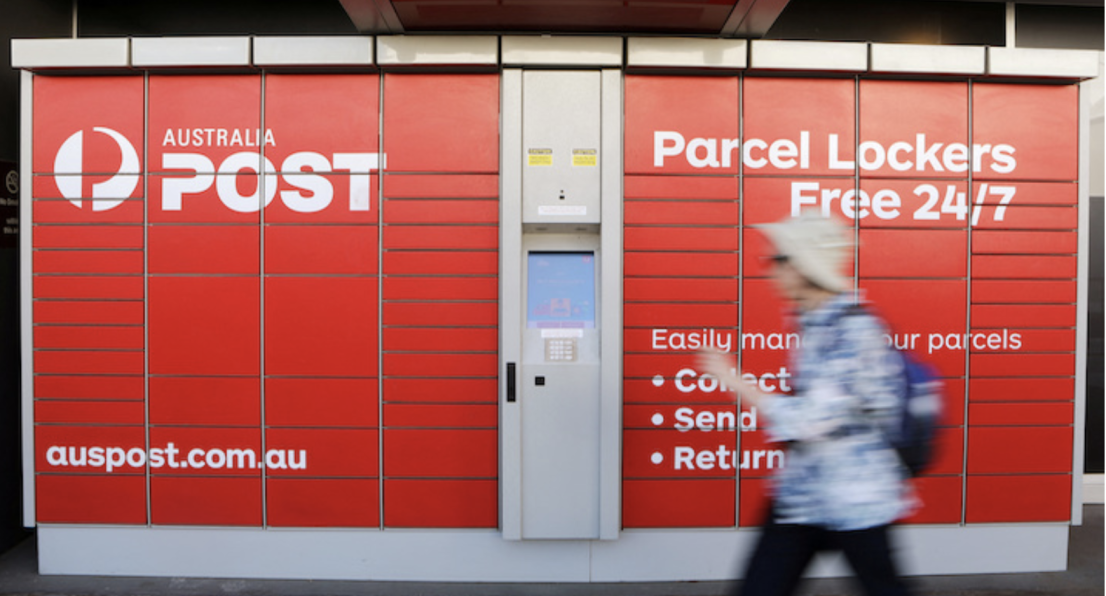
Nick Scali shares rallied to a two-year high after the furniture retailer reported growth in its order book last month, and Myer advanced on better-than-expected sales, countering the doom that has encircled households leading up to the peak of the interest rate cycle.
Chief executive Anthony Scali said foot traffic was up in most states where Nick Scali trades over the past few months, indicating consumer sentiment may be more positive.
Consumer confidence will get a further boost if shoppers believe that interest rates have stabilised, he said. He is also betting that the Labor government’s tax cuts will help consumption, and housing indicators are improving, too.
“I think the tax cuts and rate cuts will certainly help consumer confidence. That could be good for our business being in retail,” Mr Scali told The Australian Financial Review.
Nick Scali shares rocketed up 16.5 per cent to $14 each after it exceeded first-half profit guidance, posting a 29 per cent fall to $43 million in the six months to December 31, topping its forecast of $40 million to $42 million. Interim sales fell 20.2 per cent to $226.6 million and gross margin was robust at 65.6 per cent.
Mr Scali said other retailers would be watching the RBA, which kept the cash rate on hold at 4.35 per cent on Tuesday but retained its tightening bias, saying more rate rises may be necessary.
“We are definitely positive on sectors exposed to the economy coming into this reporting season as we believe that analyst forecasts are too low and valuations are attractive,” WAM Capital lead small caps portfolio manager Oscar Oberg said.
Shares in department store Myer gained 14.29 per cent to 76¢ on Tuesday, after its sales update proved better than feared. Myer forecast interim sales down 3 per cent $1.829 billion, or flat on a same-store basis. First-half net profit for the 26 weeks ended January 27 will be $49 million-$53 million, albeit dented by more discounting and inflationary cost pressures.
“If people believe that interest rates have peaked, I think that should help consumer sentiment because they know where they are in terms of what they can afford to buy spend,” Mr Scali said. Month-to-month store visit trends have improved, with traffic up 10 per cent in November and December, and up 4 per cent in January – the biggest sales month of the year.
Mr Scali said written orders were “solid” for the half at $212.7 million, up 1.1 per cent on the prior corresponding period; like-for-like orders were flat. Booked orders across both the Nick Scali and Plush brands in the second quarter were 8.2 per cent higher than a year ago, with November and December trading particularly strong.
The positive momentum continued into January when Nick Scali booked $58.9 million in orders, up 3.6 per cent on a year ago, and same-store sales up 2.6 per cent. Mr Scali said January was driven by volume growth with the average selling price down 6 per cent to 7 per cent.
Nick Scali declared a flat fully franked interim dividend of 35¢ a share, payable on March 26.
The company needs to fast track a planned store roll-out, the CEO said, noting site availability for Nick Scali was proving more difficult and rents were holding back the expansion of the Plush business. It has 64 Nick Scali stores and 44 Plush sites. Long-term, it aims to have 86 Nick Scali stores and 90 to 100 Plush stores in Australia and New Zealand.
The untangling of the freight situation is helping after the DP World strike was resolved, ending months of industrial action congesting ports.
“My sense is the ships will come back, which they will, and the supply will increase, and therefore there shouldn’t be too much pressure on lines,” Mr Scali said.
Jarden analysts said Nick Scali’s result was strong in a tough market, while Citi analysts argued the better-than-expected interim profit should be positive for investor sentiment.
WAM’s Mr Oberg said consumer-facing stocks have trailed the recovery seen in other sectors over the past six months, and the market was positioned much too bearish.
“The expectations in the market from the analysts covering both of those companies were factoring in negative outcomes around sales and gross margins. Things have turned out through October, November, December to be a lot better than people expected,” he said.
Further, Mr Oberg said Myer’s sales update was a tremendous result in the circumstances: “To get a flat top line result and then to see it improve through November, December versus their AGM update was really strong. That bodes well for the remainder of the year,” he said.
“Myer is still generating well over $50 million in profit, has minimal debt and is paying very strong dividends. It’s on a very low valuation, so it just feels like a matter of time before the market wakes up.”
Myer is looking for a new CEO to succeed John King, whose planned exit is in June.



